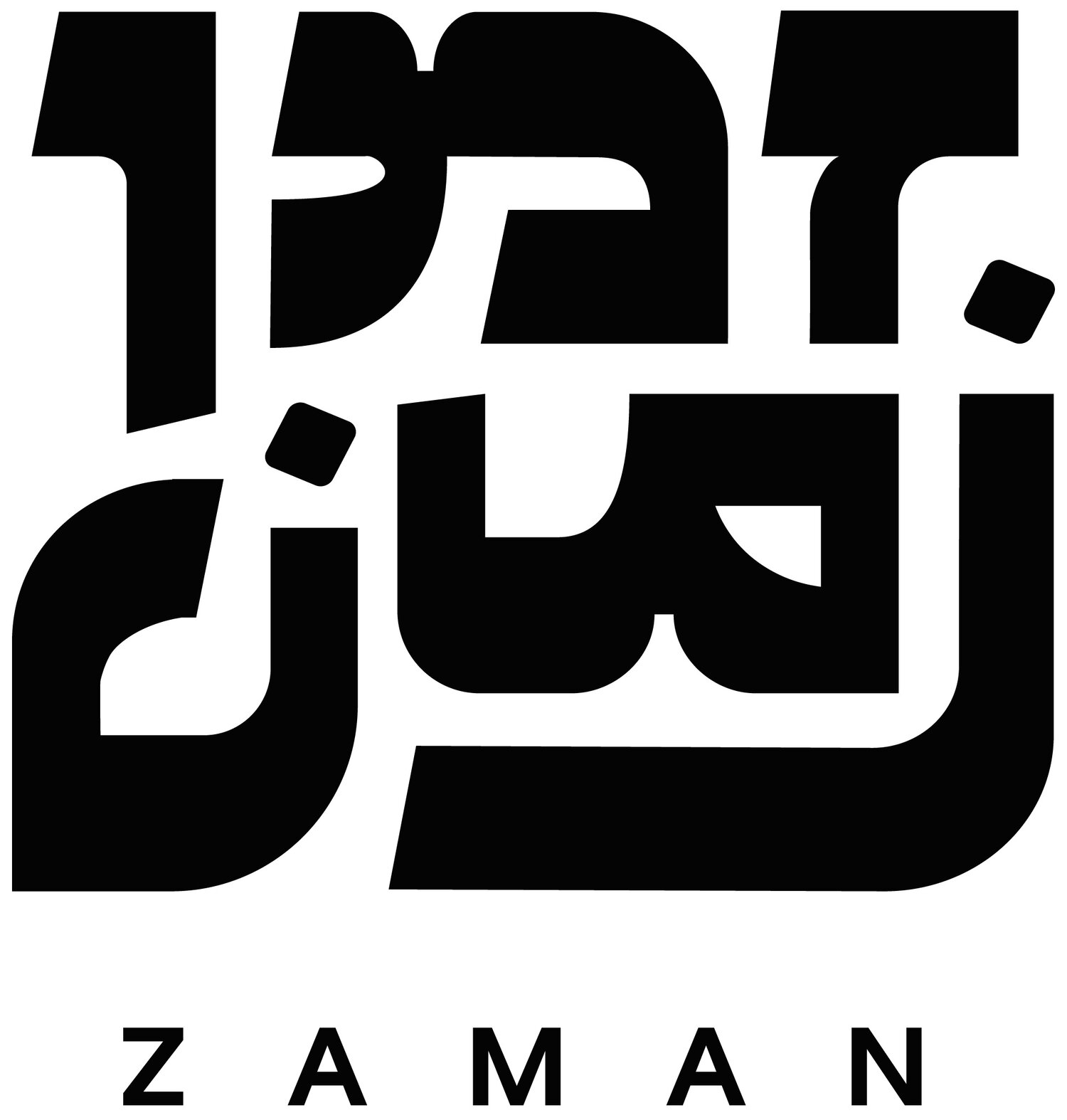Letter from the Editors — Summer 2020
Sophie Levy and Evan Mateen
Sophie’s grandmother (Evan’s great-aunt) Homa sits beside her brother Parviz and his friends as they play backgammon, Tehran, 1946.
In his timely essay included in this issue, Michael Zalta writes that we are “challenged to think beyond established models” of how we fit into larger social, cultural, political, and economic realities. We are in a moment of reckoning— not only in an American context, but globally— that is asking us to re-examine how our identities are not static or monolithic traits, but situationally-adaptable variables informed by our positions in these larger, aforementioned realities. Our understanding of identity today is not only rooted in ancestry, memory, or vertical pipelines of passed-down history— it is ever-changing, constantly being shaped and defined by the roles we play across different communities.
After redesigning this platform and switching to an issue-based format, we knew our first semi-annual release had to respond to this initiative and reconsider what it means to be a “soundboard” for Mizrahi voices, to question what it means to, in our own words, “foster cultural consciousness in a pluralistic and contemporary manner.” We were compelled to ask— what are the limits and ramifications of using the word “Mizrahi?” How does its meaning change depending on where we were born or where we live? What does “Mizrahiut” look like at the intersection of language, of migration, of gender? And when we take the time to revisit histories that came before us, how are we shown that definitions of identity were always volatile, complex, and dynamic?
This issue, each one of our contributors addresses these questions in their own way, altogether demonstrating just how many answers to them there can be. Galeet Dardashti pulls from her experiences as both a performer and scholar of Jewish music, helping us to consider how we can carry it with us into the future as diasporic congregations move in an increasingly “global” direction. Examining her place as a Mizrahi person in discussions about the Holocaust, Jamie Aftalion expands on the mutable ways in which we claim “ownership” over Jewish history, while Nesi Altaras’ account of Jewish life in Turkey sheds light on the tensions between “desires for national belonging” and cultural autonomy.
Between our multifaceted relationships to food culture and our counterintuitive relationships to political ideologies, the inherent variability of Mizrahi experience shows us that neither can identity be encapsulated by fixed labels, nor is its erasure conducive to some vague conception of unity. Rather, the possibility of a truly “inclusive and sustainable Jewish Commons,” as Zalta puts it, rests on our ability to evaluate our identities through a framework of fluidity, complexity, and adaptability.
We are deeply grateful to Jamie Aftalion, Nesi Altaras, Eyal Asolin, Daniel Blanchard, Galeet Dardashti, Tzor Edery, Ayelet Tsabari, Gabie Yacobi, and Michael Zalta for their vital contributions to this issue. We value your time, your perspectives, and your effort, and we are honored to have included you in our first semi-annual release. We extend our thanks to Gilad Bar for his patience, cooperation, and enthusiasm in redesigning our logo, to Joshua Taban for his behind-the-scenes work in helping us expand as a publication, and to our co-founding staff, friends, family, and readers for their love and support.
As always, we encourage you to reach out to us if you have a response to the work included in this issue or if you’d like to contribute to our platform in the future. We look forward to hearing your thoughts and wish you all health, safety, and fulfillment.
Thankfully,

